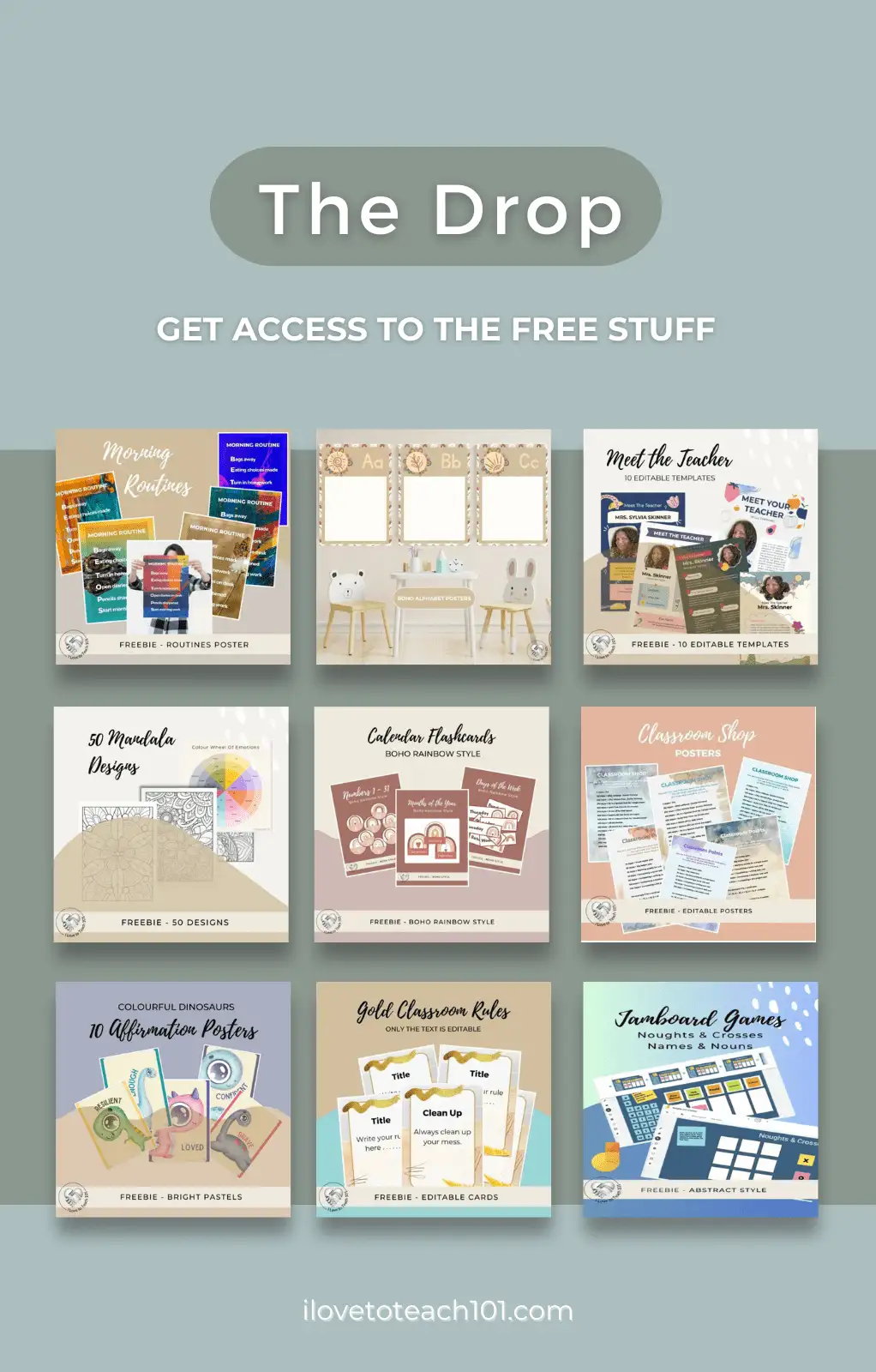
When you’re teaching over 40 hours a week, time management is essential. Your students depend on you to have your act together. If you’re at peace and not frantically juggling everything, you can get on with helping your students to learn.
Trying to balance a personal life, social life, work-life and healthy life, your school days can get crazy. It’s hard to remember to do your laundry, let alone worry about how to manage your time efficiently. It becomes a battle of “What should you give up today?” to cram everything into your hectic teacher schedule.
There are many ways to succeed at time management, but one idea has stood the test of time and efficiency: The Ivy Lee Method.
The method dates back to 1918, when Charles Schwab, president of the Bethlehem Steel Corporation, sought help with making his team more efficient. He scheduled a chat with Ivy Lee, who was a respected businessman and productivity consultant.
Lee agreed to help, free of charge if he could spend 15 minutes with each of Schwab’s executives. He said if the time management method worked within three months, Schwab could send him a cheque for whatever he thought the process was worth. Fast forward three months, and the technique, although simple, was worth $25,000 in Schwab’s eyes. In today’s world, that’s the equivalent of $400,000.

At the end of each school day, try to write down six tasks that you think are important to get done tomorrow. (I prefer to think of just three but that’s up to you). Planning removes friction because the night before you have decided what you are going to do tomorrow.
One simple task is to decide on what clothes you’re going to wear at school tomorrow, the night before. Instead of wasting time in the morning procrastinating about what you will wear and if you need to iron it or not. Do it the night before after your shower. You’ll relax better and you will look professional, saving precious time in the morning for that ‘Most Important Task’ (MITs).
Urgency versus importance. Decide priorities for each of those tasks, ranking them in order accordingly. Schedule out all the things you’d like to get done in the day. Your schedule may include three or six tasks to do at school, during recess, lunchtime, prep periods or before students start school. Not every day goes as planned, so allow some wiggle room in your schedule between tasks and be flexible when things change.
Knock out the most important thing first. Work on it until you finish. Then, begin the second task, and so forth. Which for me, means getting up early so I can get one or two hours of work done before school starts. Bite the bullet and line up your MITs. You know you need to get these things done, so do them, especially if you dread them?
You may think that by procrastinating on an MIT, you’ll accrue a bunch of energy and motivation to attack it later in the day, but that couldn’t be farther from the truth. You’ll be more drained and energy-deprived at the end of a school day, so your best bet is to knock it out first thing in the morning.
This time management method forces you to single-task. When students go home, review your list. Any tasks not completed should be moved to tomorrow’s list of tasks for the day. If your day takes a turn, instead of saying, “Now I can’t make a big dinner, so I’ll just order take-out,” compromise with yourself. You can still make dinner, but maybe it won’t be a 3-course meal with dessert. Stick to your objectives and adjust them if needed.
Repeat this method every day of the school week. Remember: You only have 86,400 seconds in the day. Use them wisely, but don’t beat yourself up if you don’t. There’s always tomorrow.
This 5:37 min video explains the Ivy Lee time management method simply.
The Ivy Lee method is stupid-simple, which is why it works so well. With cell phones, social media, and all other forms of advanced technology, we’ve become activity addicts. As a society, we’re often restless and antsy to do a million things at once. This practice is known as multi-tasking. Sound familiar?
We used to believe that multi-tasking was the most effective time management process. But neuroscience has now proven that it is the exact opposite. Unfortunately, we get less done in more time and end up frazzled at the end of the day. It can take our brains up to 25 minutes to get back into a work rhythm when we’ve been interrupted.
When we multi-task, we never allow ourselves to get into a rhythm, which kills our productivity and stresses us out needlessly. Think about when your class of students are on task, do you want them interrupted? Don’t you dread that interruption to their thought patterns? We, teachers, are no different.
It’s deceiving because you think you’re extra productive by doing half of a task here and half of a job there. In reality, the multi-tasking bug has bitten you, and it’s turning into a full-blown unproductive epidemic.
Don’t start on something and then take a phone break. Don’t set yourself up for failure by promising to get through half of your grading. Give your task your total focus and plough through it. You’ll be happier looking back on a complete set of graded papers, rather than looking ahead at a whole bunch of unfinished jobs.
The Ivy Lee time management method is straightforward and goal-oriented. It keeps you on track so that multi-tasking and distractions don’t interfere with the important stuff. It provides you with the kind of laser-focus that will help you get through your work tasks without breaking a sweat.

Each month we add at least one FREE teacher resource exclusively for ILTT members.
To access now, join ILTT today!
Membership is free and you can unsubscribe anytime.